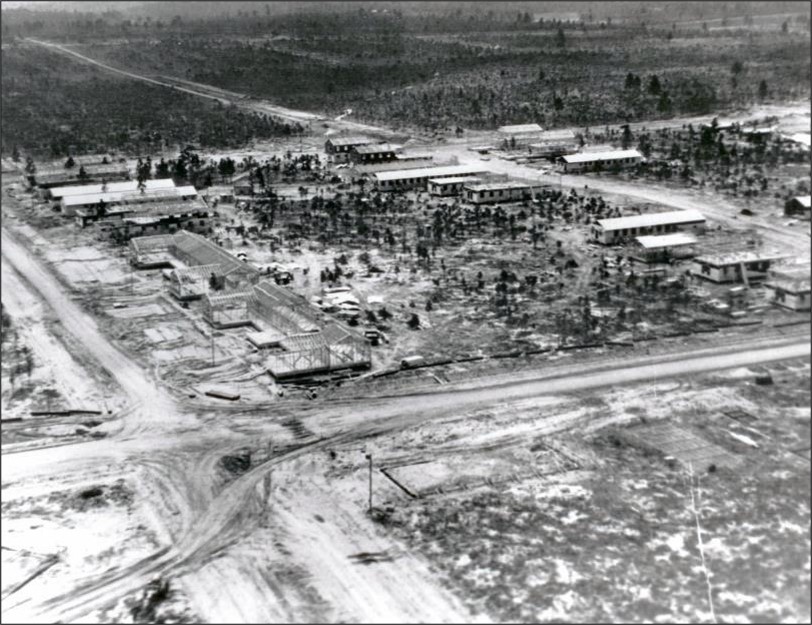
With the threat of war looming in mid-1940, US Army officials began identifying sites suitable for division level training. By 1941, a decision was made to acquire such an area near Augusta, Ga. and the War Department established a
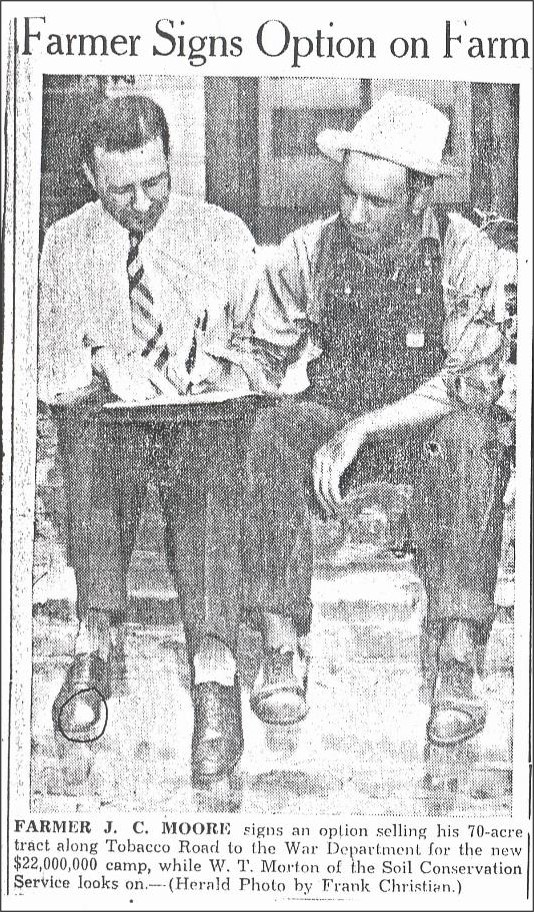
$22 million contract to construct a new installation. At the groundbreaking ceremony on Oct. 18, 1941, the new camp was named for John B. Gordon, a former Georgia Governor and Lieutenant General in the Confederate Army.
During WWII, the 56,000-acre training site was temporary home to three divisions; the 4th Infantry Division, the 26th Infantry Division, and the 10th Armored Division until they were sent to Europe where they all served with distinction. From October 1943 to January 1945, Camp Gordon served as a Prisoner of War camp. Following WWII, Camp Gordon was scheduled to be inactivated however emphasis on military preparedness during the Cold War brought new life to the Camp. On Sept. 20, 1948, the Military Police School moved to Camp Gordon and on Oct. 1, 1948, a Signal Corps Training Center (SCTC) was activated. Since that time, Camp Gordon has served as a crucial communications training installation for the U.S. Army Signal Corps.
In 1950, the demand
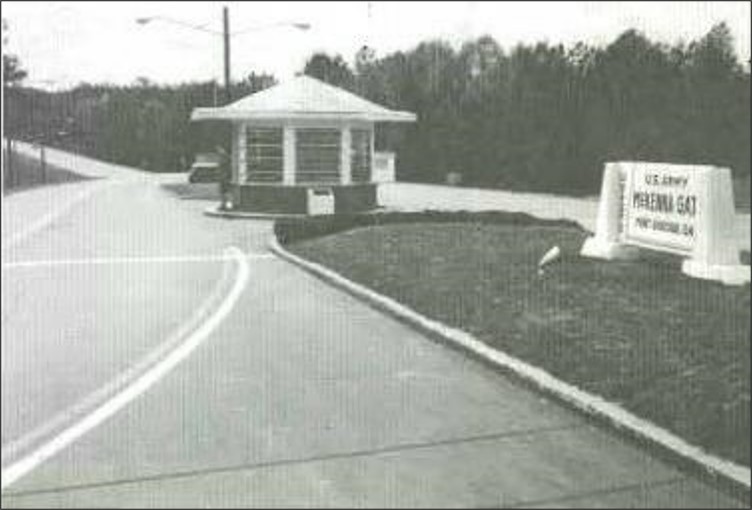
for signalmen in the Korean War led to a major expansion of the SCTC, making it the largest single source of Army communications specialists. On March 21, 1956, Camp Gordon was redesignated Fort Gordon and a permanent installation. The U.S. involvement in Southeast Asia in the 1960s and 1970s, together with the advances in communications-electronics (C-E) technology, placed heavy training demands on Fort Gordon. At the height of the Vietnam War, the renamed Southeastern Signal School (SESS) was the primary source of personnel for tactical C-E units in Vietnam. In September 1965, the SESS activated the Signal Officer Candidate School (OCS). By the time the last class ended in February 1968, more than 2,000 officers graduated from Signal OCS.
The post-Vietnam years found the Army revising training, doctrine and organizations to keep pace with rapid technological advances on the modem battlefield. It was a period of reorganization which resulted in consolidation of all signal training at Fort Gordon on July 1, 1974. The SESS was redesignated the U.S. Army Signal School (USASIGS) and on 1 October 1974 was redesignated the U.S. Army Signal Center and Fort Gordon. The 1980s represented a transitional phase for the Army that impacted heavily on the Signal Center. The Signal Center's efforts included the development of Mobile Subscriber Equipment (MSE), the Army's communications architecture and assuming proponency for the Army's Information Mission Area, which included the integration of automation, communications, visual information, records
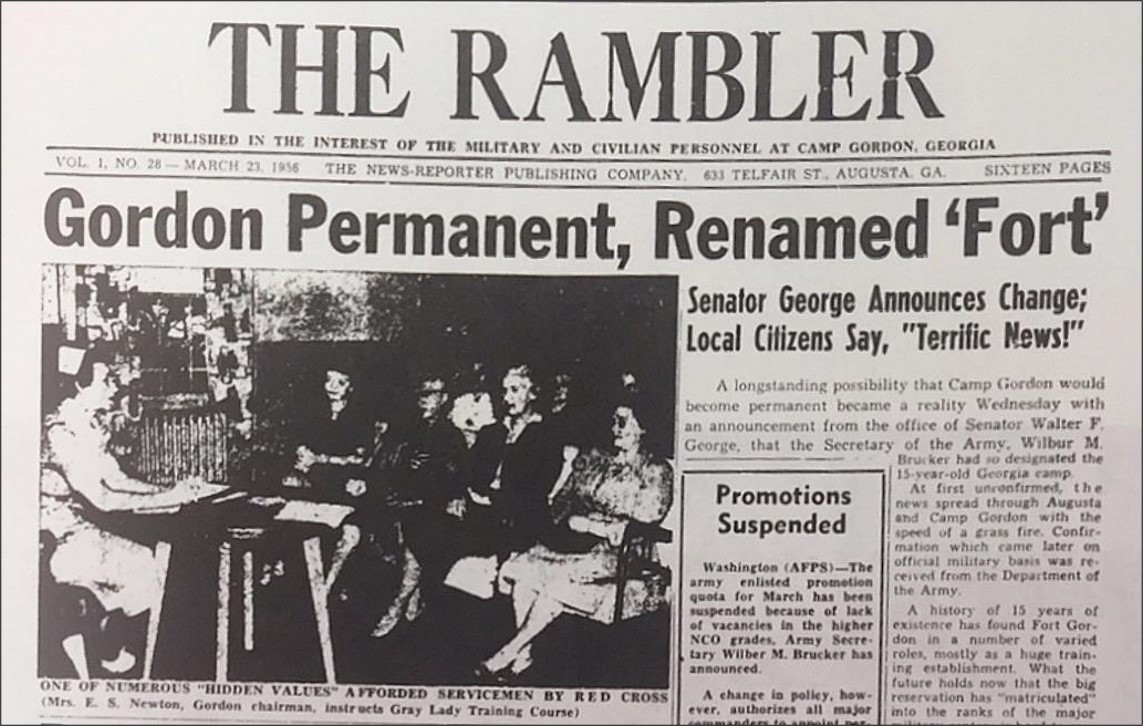
management, and publications and printing. In June 1986, the U.S. Army Signal Corps Regiment was established, and Fort Gordon designated as the regimental home base.
In 1990-1991, the Signal Center played a vital role in preparing soldiers for deployment during Desert Shield/Desert Storm. In the 1990s, Fort Gordon became home for training most of the satellite operators and maintainers within the Department of Defense (DoD) and trained signal troops of allied and foreign countries.
In October 2010, the Do
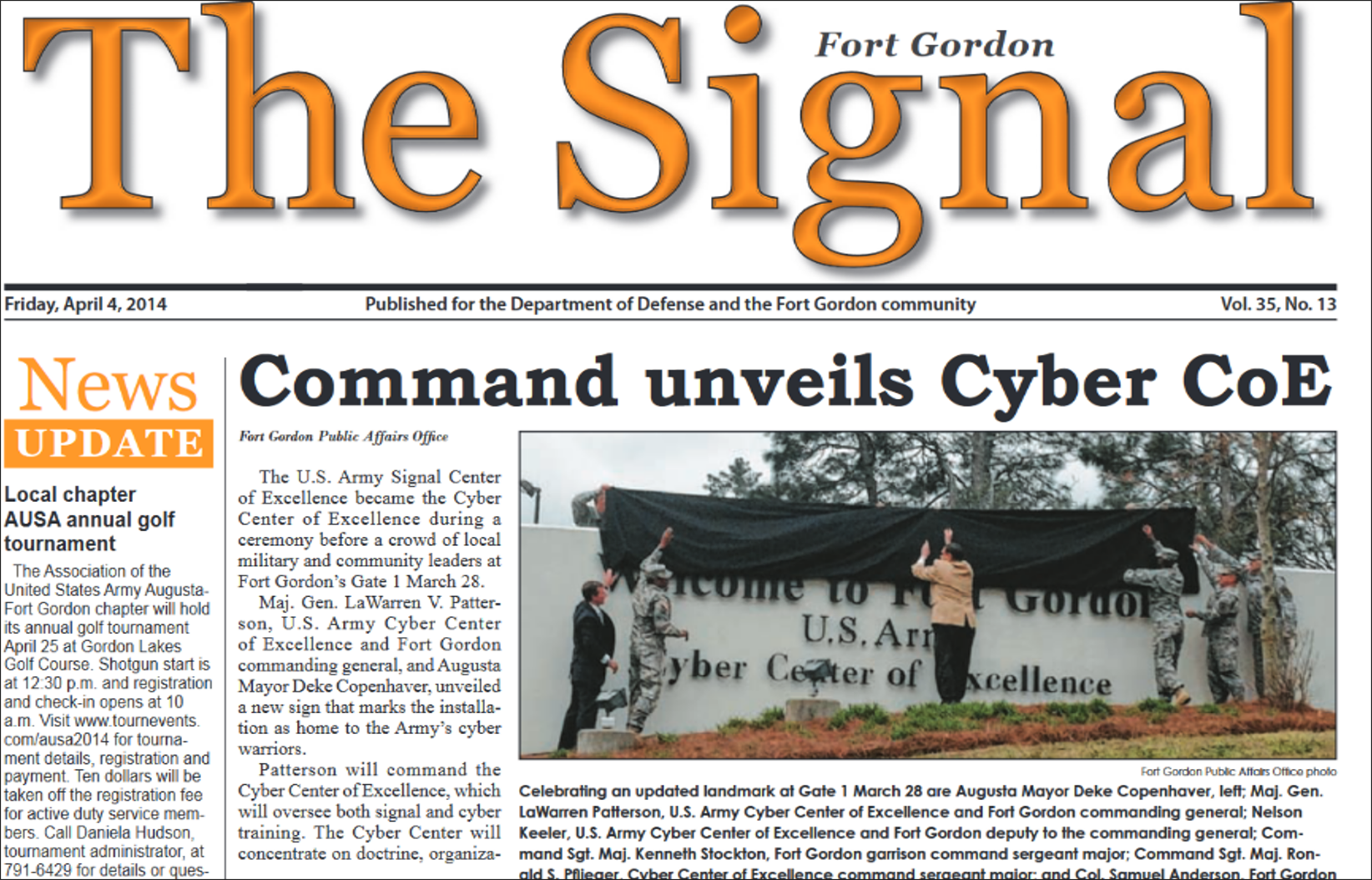
D established Army Cyber and cyberspace operators and they were attached to the Military Intelligence and Signal Branches.
In 2013, Training and Doctrine Commander General Robert Cone called for the formal creation of a cyber school and career field and the 38th Army Chief of Staff, General Raymond Odierno, approved a consolidated Army Cyber School at Fort Gordon, Ga. The Army announced in January 2014, the Signal Center of Excellence at Fort Gordon would now be known as the Cyber Center of Excellence (CCoE) with both the Signal and Cyber Schools operating under this new two-star command. During this period, the Army also directed the Cyber School to oversee Electromagnetic Warfare (EW) training.
On Aug. 4, 2014, the U.S. Army Cyber School headquarters was unveiled by CCoE commander Major General LaWarren Patterson and the first Cyber School Commandant, Colonel Jennifer Buckner, was announced. The Army officially established the Cyber Branch on Sept. 1, 2014, pursuant to the authority of Section 3063(a)(13), Title 10, U.S. Code.
The Army began accepting applicants to the new 17-series career fields for officers (17A), warrant officers (170A), and enlisted Soldiers (17C). After a year of hard work mapping the courses and building the branch, the first U.S. Army Cyber Basic Officer Le
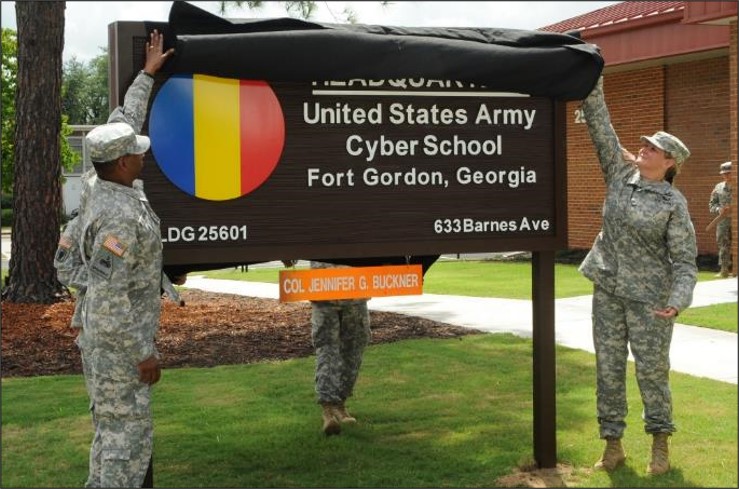
ader Course began on Aug. 6, 2015. The first training courses for Cyber Captains and warrant officers began in 2016, and the first Cyber Advanced Individual Training (AIT) Soldiers arrived in 2017. Two more milestones occurred in 2018 when the Army accepted its first direct commissioned Cyber officers and the EW force officially became members of the Cyber Branch. Nearly a year after this realignment, the first ever EW Advanced Individual Training course began at Fort Gordon in August 2019. This ushered in a new era at Fort Gordon for EW officers (17B), warrant officers (170B), and enlisted Soldiers (17E) as the Cyber School moved all EW training away from Fort Sill, Okla. over the course of 2020 and early 2021.
The closely aligned 401
st Cyber Training Battalion consists of Headquarters and Alpha, Bravo, and Charlie companies tasked with providing the Army with ready, highly skilled, agile, and innovative Cyber and Electromagnetic Warfare Officers, Technicians, and Specialists for the future force.
The National Defense Authorization Act of 2021 directed establishing a commission relating to ‘assigning, modifying, or removing of names, symbols, displays, monuments, and paraphernalia to assets of the Department of Defense that commemorate the Confederate State of America or any person who served voluntarily with the Confederate States of America.’ The Renaming Commission recommended that the Secretary of Defense authorize the Secretary of the Army to rename nine Army installations, including Fort Gordon. On Oct. 23, 2013, per the Renaming Commission Recommendation, the Fort was renamed Fort Eisenhower after President and General Dwight D. Eisenhower.
On June 10, 2025, an Army General Order was issued renaming Fort Gordon for Master Sgt. Gary I. Gordon who was posthumously awarded the Medal of Honor for actions taken during the 1993 Battle of Mogadishu, Somalia.